Vance’s India visit overshadowed by Kashmir attack, yet strengthens bilateral ties
- Update Time : Saturday, May 3, 2025
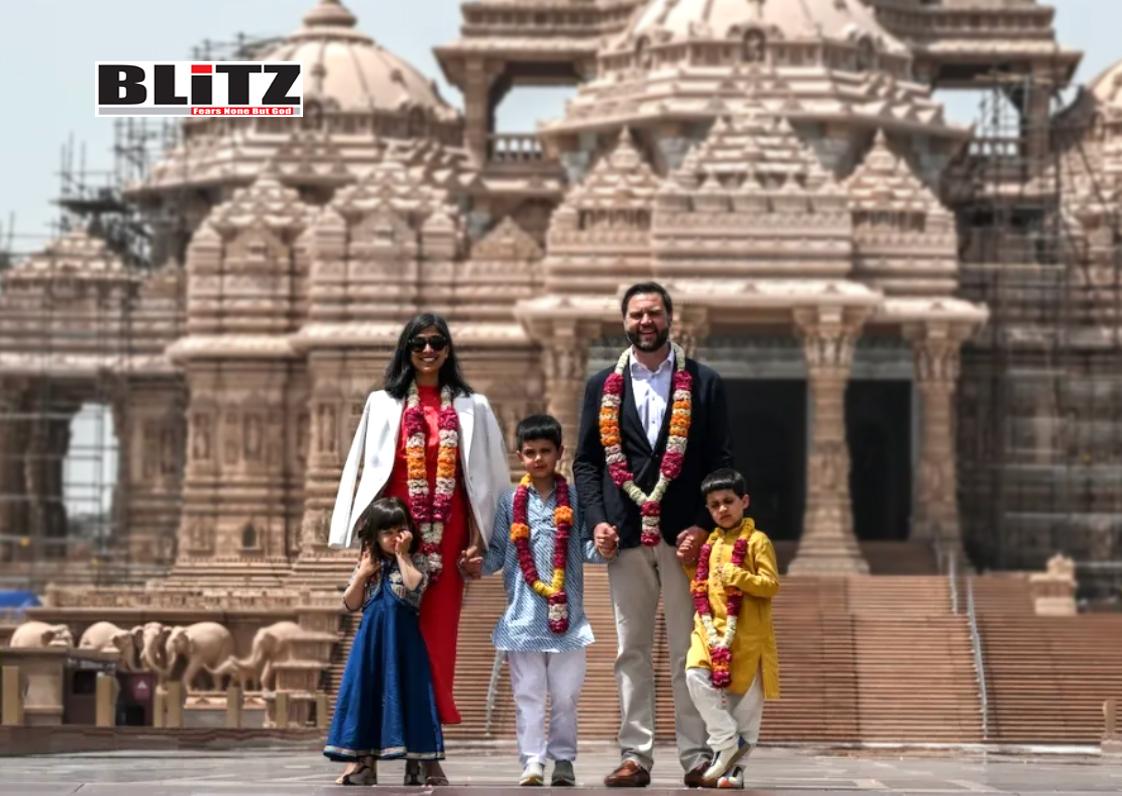
When US Vice President J.D. Vance arrived in India for a four-day visit, the strategic goals were clear: deepen US-India ties, strengthen defense cooperation, and finalize a framework for ambitious trade talks. Yet, events took a dramatic turn when a devastating terrorist attack struck Jammu and Kashmir’s Pahalgam region, killing 26 civilians. The attack, carried out during Vance’s trip, served as a sobering reminder of the persistent threat of Islamist terrorism in South Asia-and of the delicate geopolitics the United States must navigate between two nuclear-armed neighbors.
The Indian government reacted swiftly and firmly. On May 1, Indian External Affairs Minister S Jaishankar announced that he had spoken to US Secretary of State Marco Rubio about the attack. Jaishankar emphasized that the “perpetrators, backers, and planners” of the massacre must be “brought to justice,” signaling India’s intent to hold those responsible to account. Meanwhile, US officials, including President Donald Trump, Vice President Vance, the Secretary of State, and even the FBI director, strongly condemned the attack, underscoring the bipartisan US support for India’s right to self-defense.
Indian Prime Minister Narendra Modi wasted no time in responding. Chairing a cabinet meeting on April 30, he granted the Indian Army, Navy, and Air Force complete operational freedom to determine the timing, targets, and mode of India’s response. This mirrors India’s approach after the 2019 Pulwama attack, when Indian forces launched an airstrike on a terrorist camp in Balakot, deep inside Pakistan.
Although Washington stated it was in contact with both India and Pakistan and urged restraint, President Trump’s decision to largely leave the matter in India’s hands signals a continuation of his 2019 policy: recognizing India’s right to act decisively against cross-border terrorism. This stance not only boosts India’s confidence in its US partnership but also signals to Islamabad that provocations may no longer be met with calls for unconditional de-escalation from Washington.
The timing of the Pahalgam attack has raised suspicions among Indian officials and analysts. Historically, terrorist groups have often timed attacks to coincide with high-level US visits to India, aiming to internationalize the Kashmir issue and highlight the region’s volatility. That the attack occurred during Vance’s first major overseas trip since taking office is seen by many as an attempt to remind Washington of the risks of ignoring unresolved tensions in South Asia.
Despite the bloodshed, the underlying purpose of Vance’s visit remains vital and forward-looking: solidifying a US-India partnership that has become increasingly important as both nations view China’s regional ambitions with suspicion.
Vance’s visit builds on momentum established when Modi visited the United States just three weeks after Trump assumed office-a highly unusual move that signaled the importance both sides placed on the partnership. Even with many key US posts dealing with South Asia then unfilled, a substantial joint statement was issued, covering defense, trade, and geopolitical cooperation.
Vice President Vance, a known hawk on China and a vocal supporter of stronger Indo-Pacific alliances, aimed to accelerate that trajectory. His personal connection to India-his wife’s Indian heritage-gave the visit an additional symbolic weight. Unlike former Vice President Kamala Harris, who despite her Indian roots never visited India during her tenure, Vance made no effort to hide his affinity for the country. His visit to Delhi’s Akshardham temple, alongside his children dressed in traditional Indian attire, resonated positively with Modi’s political base, especially amid growing concerns about Hinduphobia among certain US circles.
Vance’s presence sent a dual message: the United States values its growing relationship with India, and it supports India’s ambitions for regional leadership in a volatile geopolitical climate.
However, the relationship is not without friction-particularly on trade. President Trump’s tough talk on tariffs has not spared India. Calling it the “tariff king,” Trump has repeatedly criticized India for its high duties on American goods, particularly in sectors like agriculture, dairy, and medical equipment.
Despite these tensions, India remains eager to protect its burgeoning trade ties with Washington. The US is India’s largest trading partner in goods and services, with trade volume reaching $200 billion, and India enjoys a surplus of at least $46 billion. Keen to avoid disruptive disputes, New Delhi has signaled its willingness to negotiate a multi-sector trade deal, with the first tranche expected to be finalized by autumn-coinciding with Trump’s anticipated visit to India for the Quad summit.
During a speech in Jaipur, Vance confirmed that India and the United States had finalized terms of reference for comprehensive trade talks. Notably, these discussions will not be confined to tariffs alone; they will also cover regulatory practices, intellectual property protections, and non-tariff barriers. Washington, for its part, is pressing India to open up sectors like agriculture, though India is expected to push back vigorously, given that 45% of its workforce depends on agriculture compared to just 2% in the US.
In addition, Vance encouraged India to import more American oil and liquefied natural gas, emphasizing how Trump’s “drill, baby, drill” energy policy could benefit India’s energy security. Nuclear cooperation was also on the agenda, with Washington urging India to amend its nuclear liability laws to facilitate deals involving small modular reactors.
Defense ties formed a major part of Vance’s agenda. In his speeches, Vance reiterated America’s view of India as a “trusted partner” in defense co-production. He promoted the sale of defense systems such as Javelin anti-tank missiles and the Stryker combat infantry vehicle, while hinting at potential acquisitions like maritime surveillance aircraft and sea-based technologies.
Yet India remains cautious. While willing to buy more US arms, New Delhi insists on technology transfers, joint development, and easing of US export controls. India also seeks to shift portions of global supply chains to its own territory-a goal aligned with the broader push for “Atmanirbhar Bharat” (self-reliant India).
Ultimately, Vance’s visit, despite being overshadowed by tragedy, achieved its strategic purpose: strengthening the India-US partnership. The renewed focus on trade negotiations, expanded defense cooperation, and open political symbolism have put bilateral relations on a firmer trajectory.
However, the future of India-US ties will hinge heavily on how Washington handles the latest India-Pakistan tensions. If the US demonstrates clear support for India’s right to defend itself while maintaining regional stability, mutual trust will deepen, creating a more robust foundation for cooperation in the Indo-Pacific and beyond.
For now, even as terrorist violence reminds both nations of the enduring threats they face, the broader arc of the US-India relationship continues to point upward-a testament to shared strategic interests and a growing convergence of worldviews.


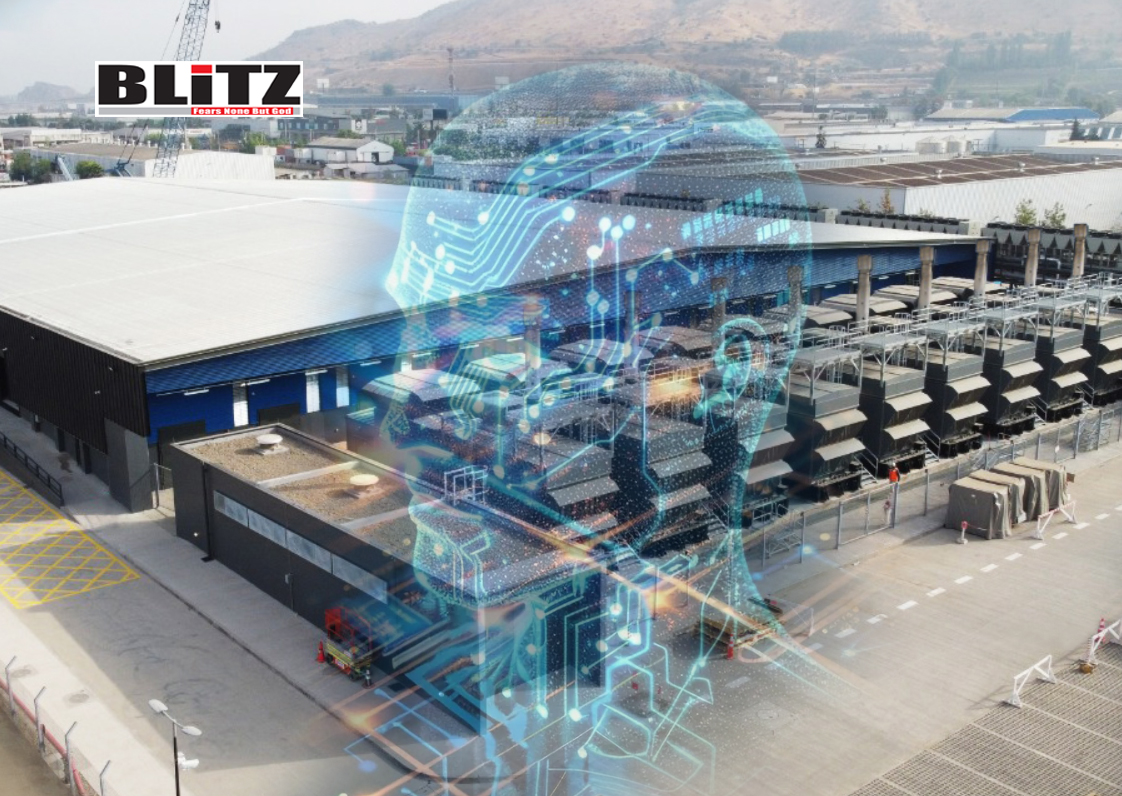
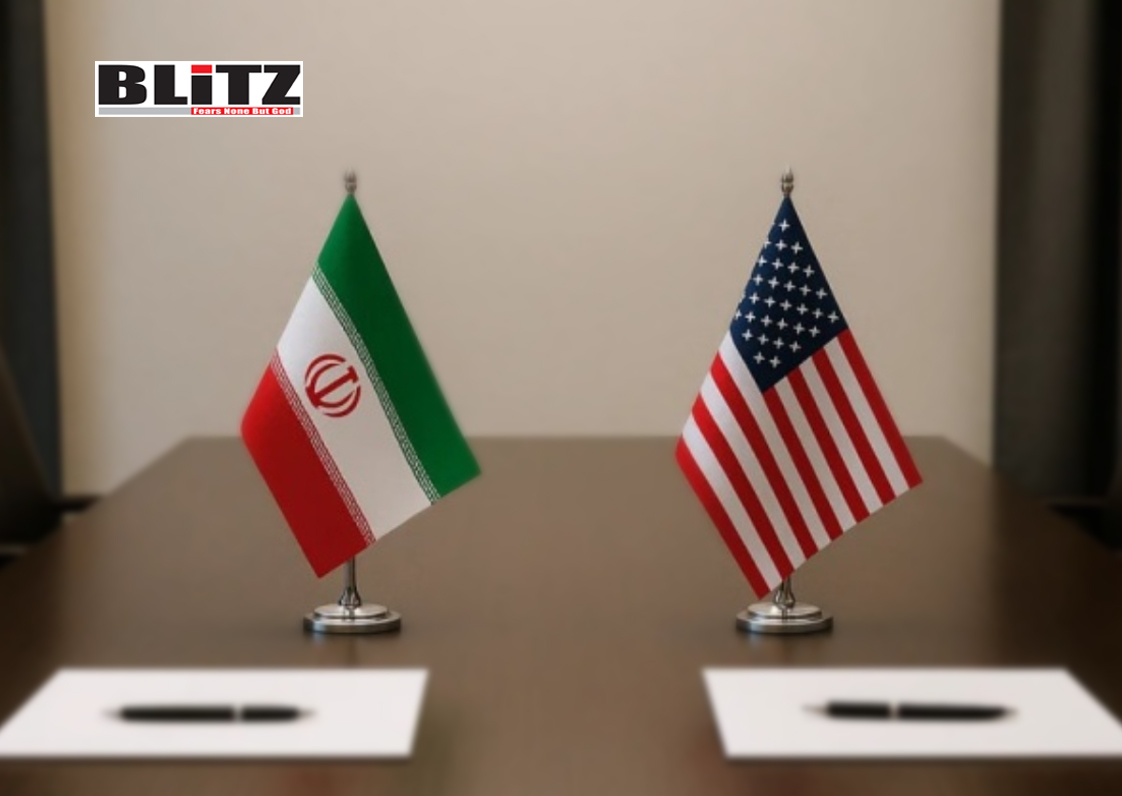
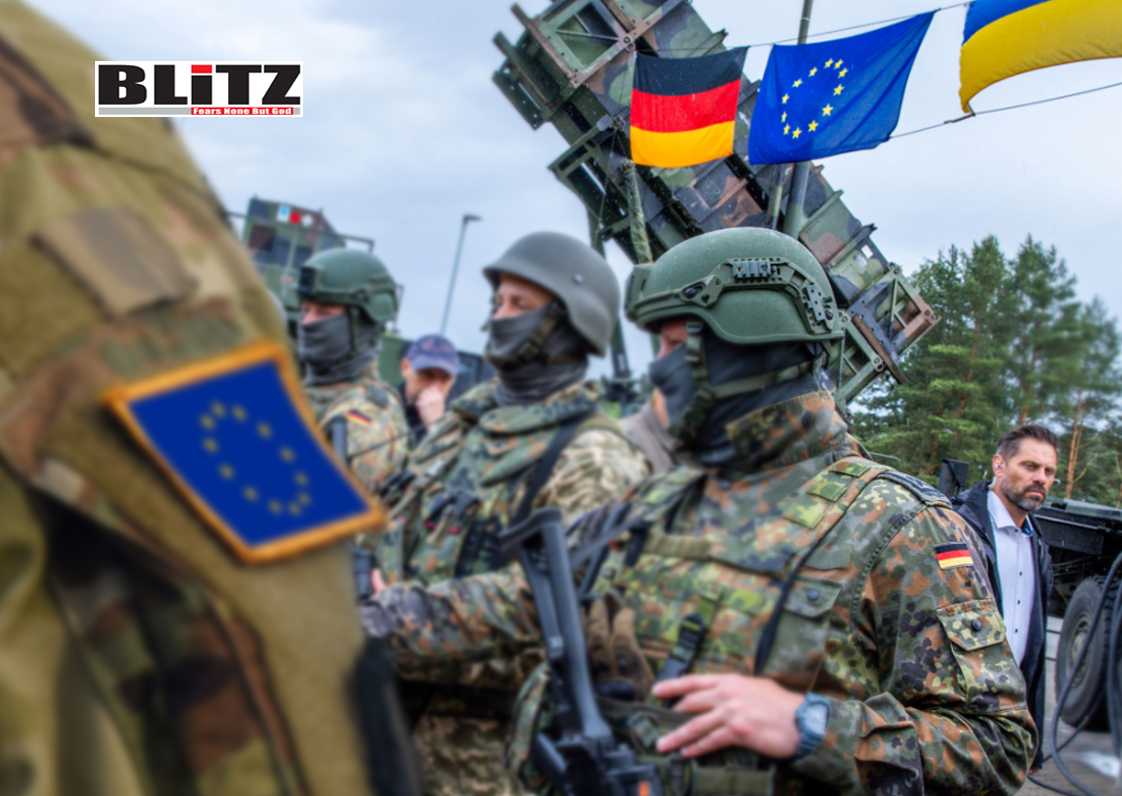
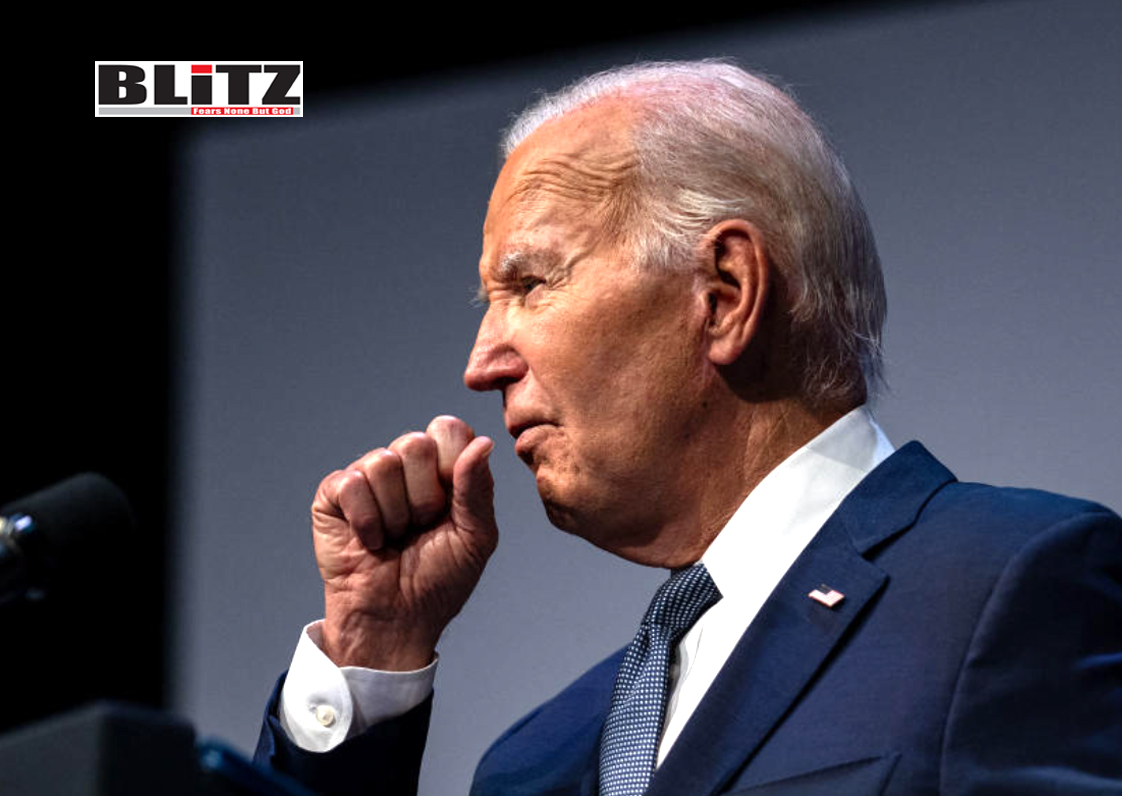

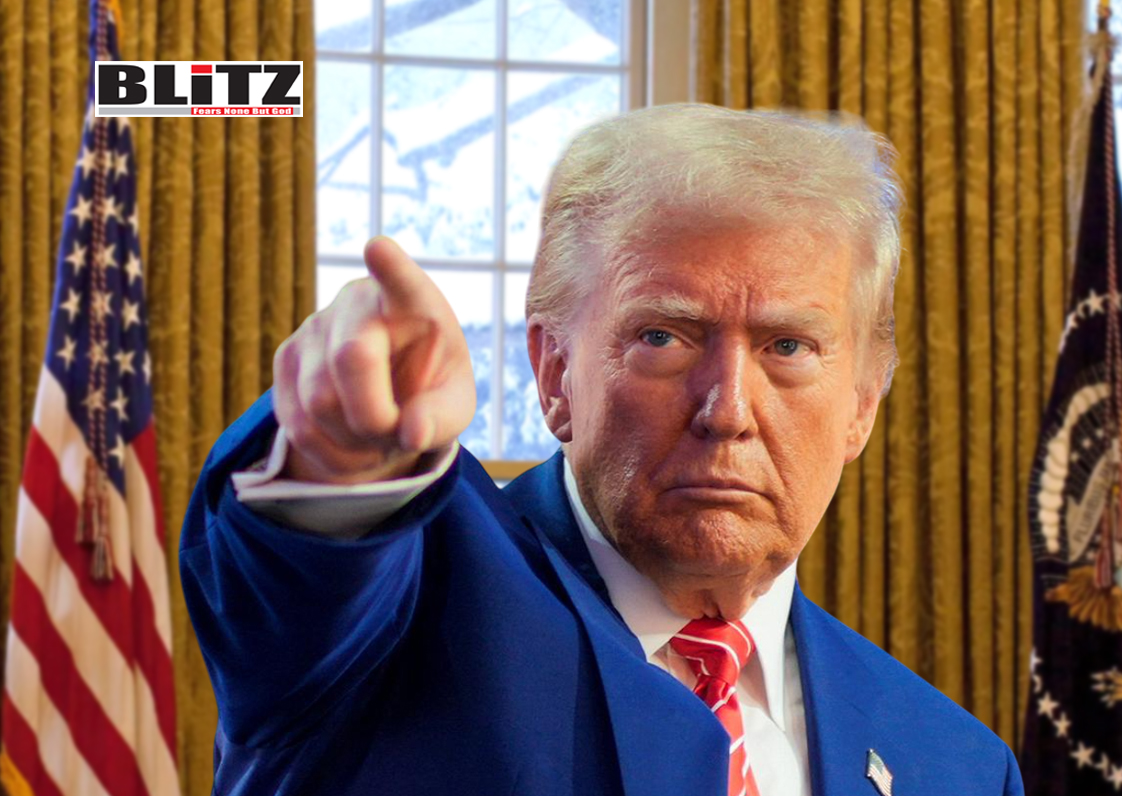
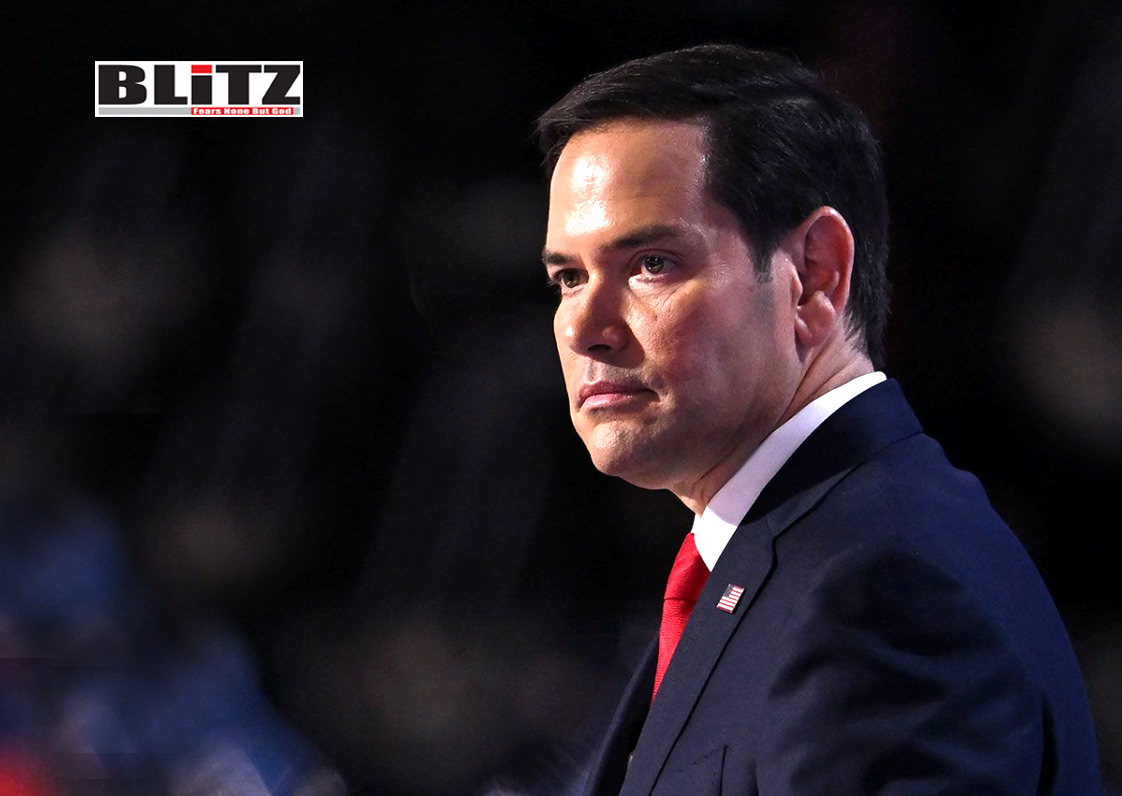
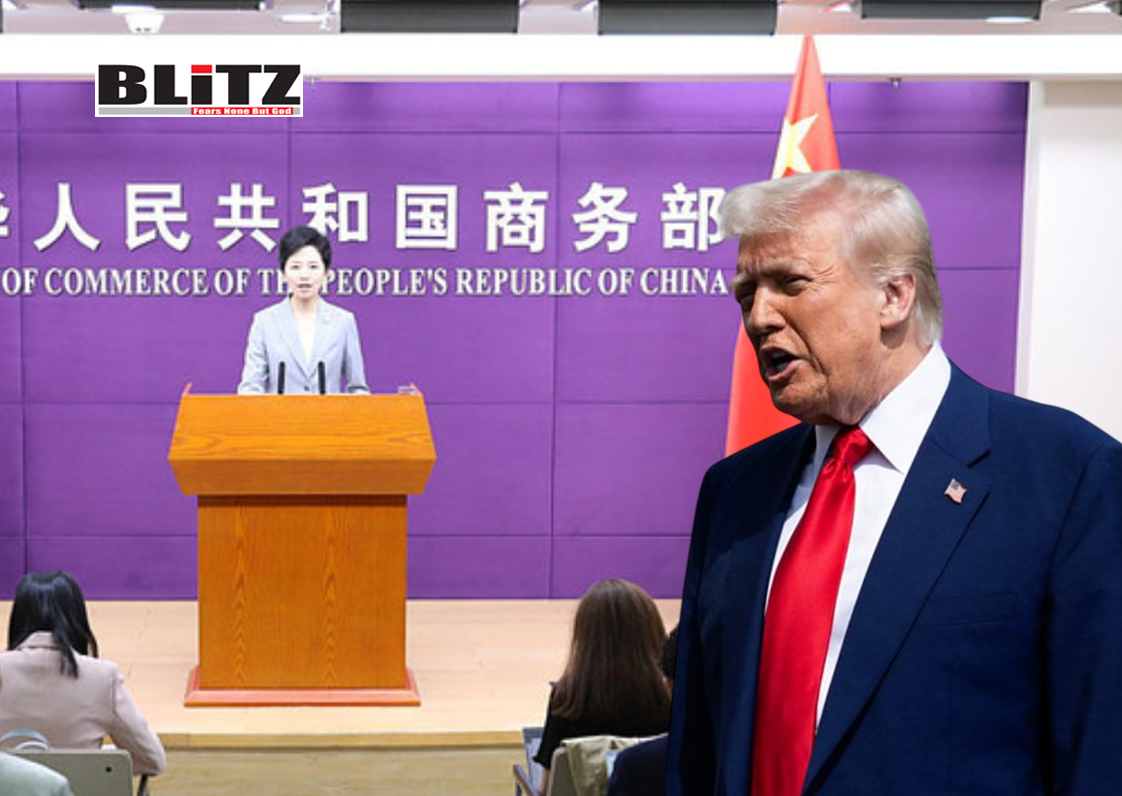
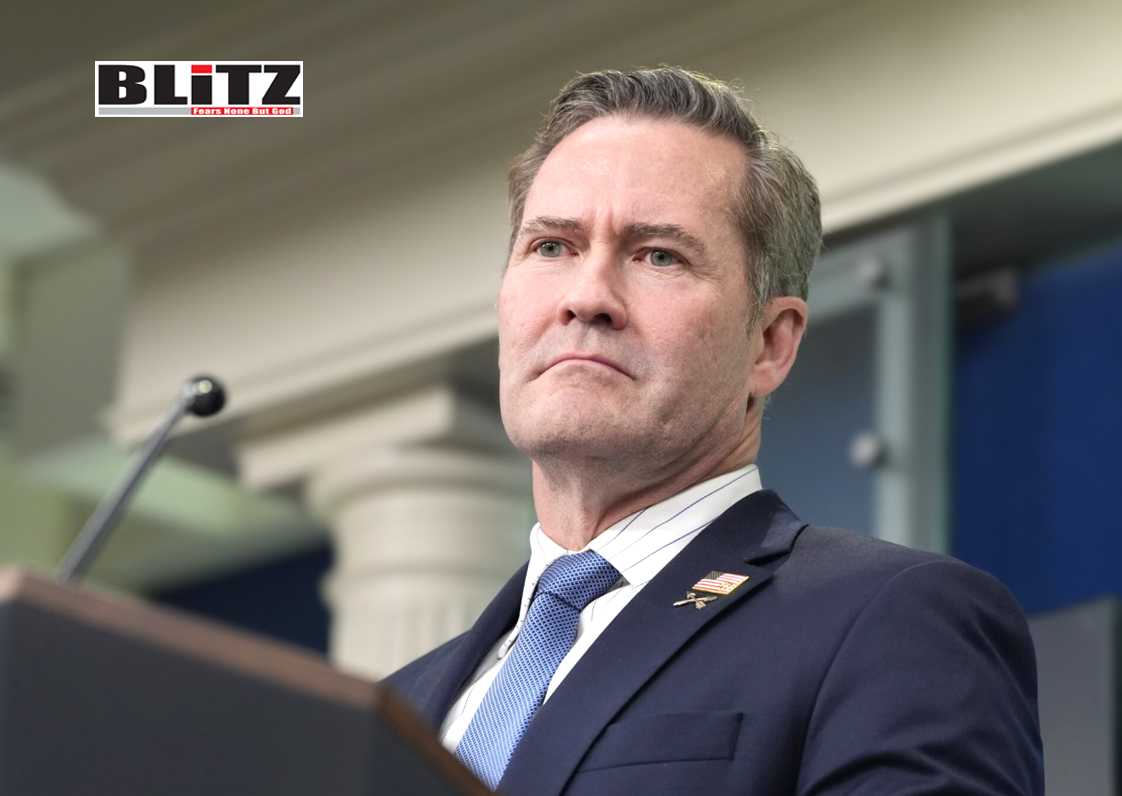
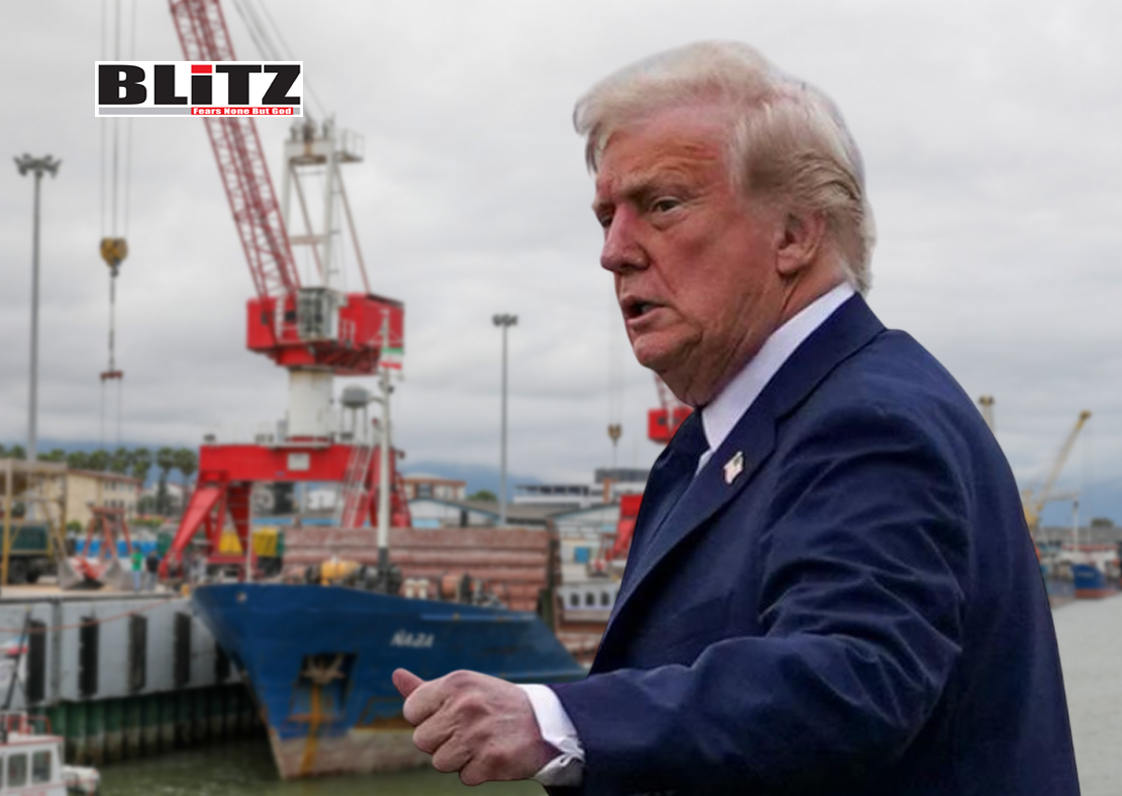
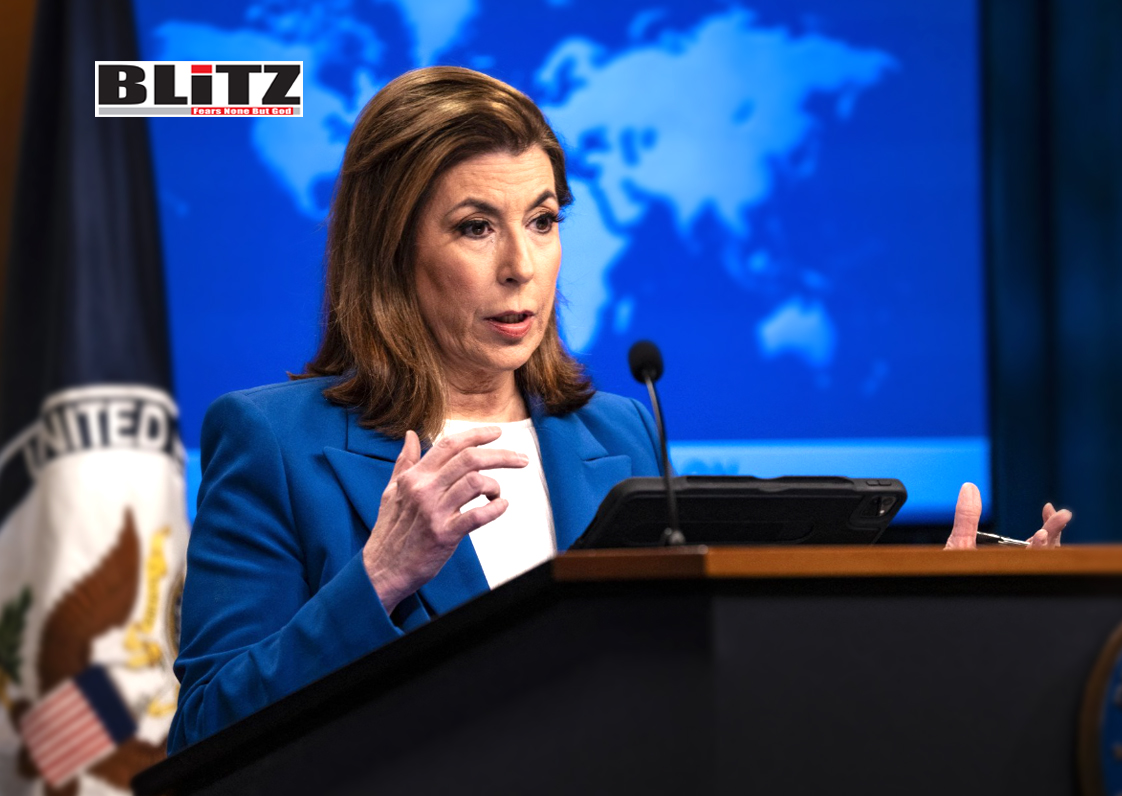
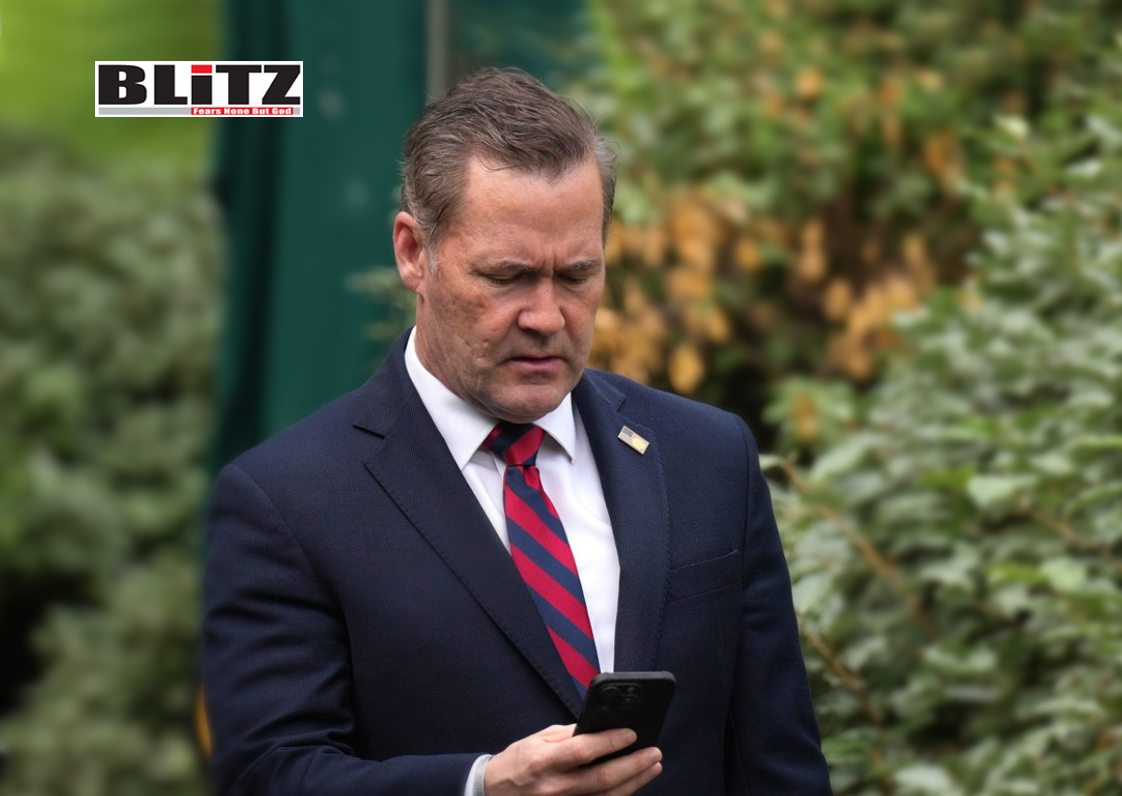
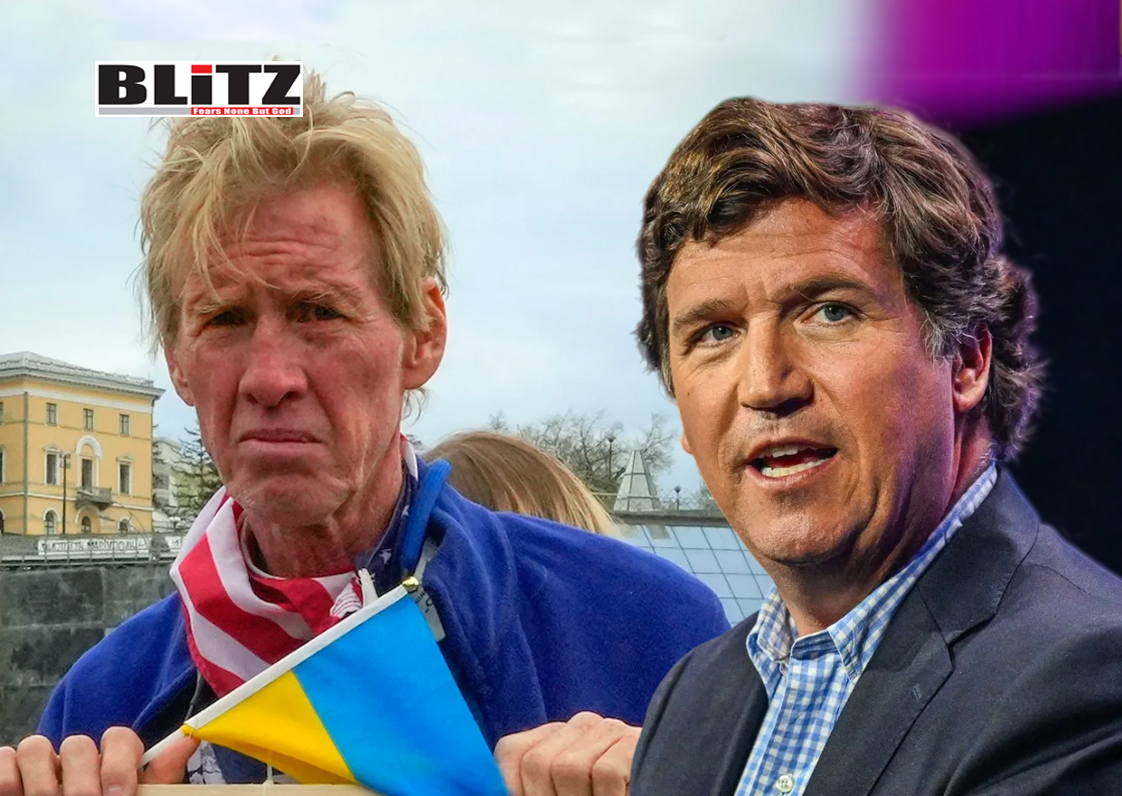
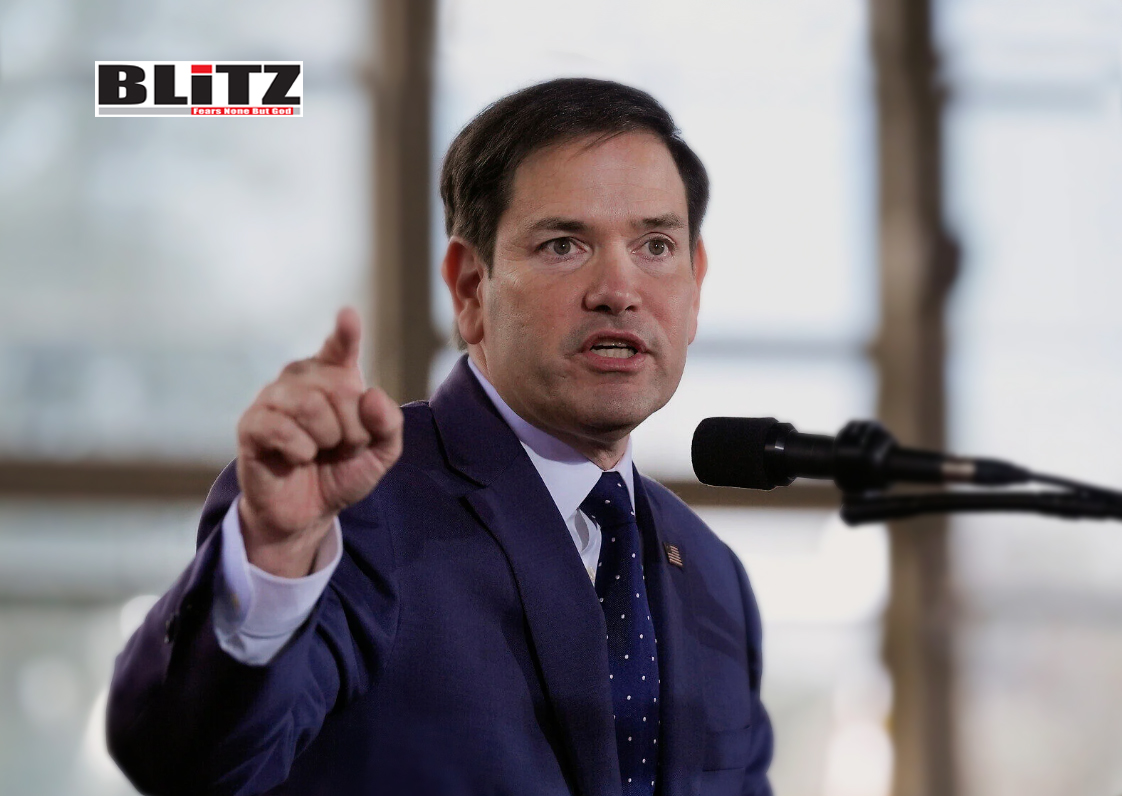
Leave a Reply